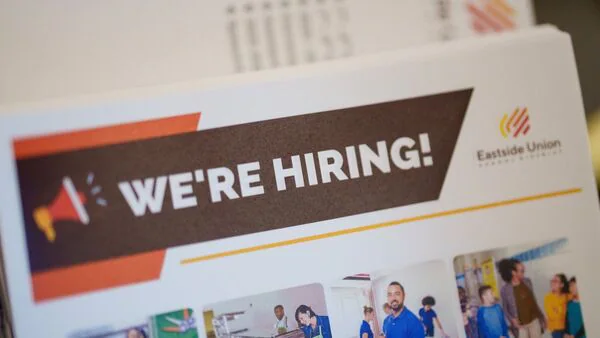Fewer Foreign Students, $7Bn Revenue Loss: How Trump's Visa Curbs Hurt US Economy, Put 60,000 Jobs At Risk
The decline in jobs and ultimately revenue stems from a potential 30-40% drop in new international students' enrollments in US universities this fall, which could translate into a 15% overall decline in higher education admissions.
Since there is no significant recovery in visa issuance for international students in July and August, up to 150,000 fewer students may arrive US for education this fall, the report by NAFSA said.
Recently, President Donald Trump's administration has launched a sweeping effort to check the presence of international students in the US, targeting universities like Harvard and pausing issuance of visas.
What is driving the fall?- Visa interview suspension: Student visa interviews were suspended between May 27 and June 18, 2025, which is considered the peak issuance season for students who are seeking admission in US institutions this fall. Later, it was announced that the visa will be granted only after social media vetting, which stirred debates.
- Limited appointment availability: As per reports, there are limited or no appointments for international students at consulates in India, China, Nigeria, and Japan. India and China are the top two countries sending international student to the United States, whereas Nigeria and Japan rank seventh and 13th respectively.
Also Read | US Senator Mike Lee asks if it is time to pause H1-B visas
- Downward Visa Trends: Issuance of F-1 visa (strictly for full-time students) is down 12% from January to April 2025 and down 22% in May 2025 compared to May 2024. Even though June 2025 F-1 issuance data has not yet been published, NAFSA predicts a decrease of around 80–90%. Visa Bans: Since the US has put restrictions on 19 countries for visa issuance as of a June 4, 2025, with another 36 rumoured to be added, it may threaten $3 billion in annual contributions in revenue and more than 25,000 American jobs.
For a country that has long positioned itself as the global hub of higher education, this trend signals more than just a temporary visa backlog. It reflects a potentially lasting shift in how International students perceive education in America in the current times.
To mitigate this alarming trend in cities, towns, and institutions, NAFSA has given the following guidelines to the State Department:
- Provide expedited visa appointments and processing for all F-1 and M-1 (vocational or non-academic students) and J-1 (students for exchange visitor programmes in the US).
- Eliminate F and M students as well as J exchange visitors from the travel restrictions, which currently fully or partially ban the entry of nationals from 19 countries while maintaining background checks and vetting required for visa issuance.
Legal Disclaimer:
MENAFN provides the
information “as is” without warranty of any kind. We do not accept
any responsibility or liability for the accuracy, content, images,
videos, licenses, completeness, legality, or reliability of the information
contained in this article. If you have any complaints or copyright
issues related to this article, kindly contact the provider above.
Most popular stories
Market Research

- United States Lubricants Market Growth Opportunities & Share Dynamics 20252033
- UK Digital Health Market To Reach USD 37.6 Billion By 2033
- Immigration Consultancy Business Plan 2025: What You Need To Get Started
- United States Animal Health Market Size, Industry Trends, Share, Growth And Report 2025-2033
- Latin America Mobile Payment Market To Hit USD 1,688.0 Billion By 2033
- United States Jewelry Market Forecast On Growth & Demand Drivers 20252033






















Comments
No comment